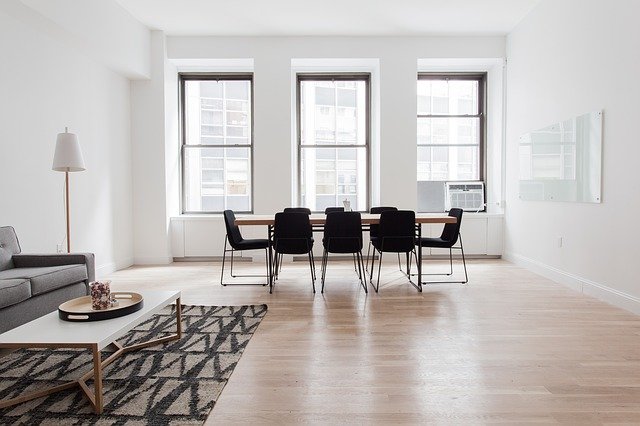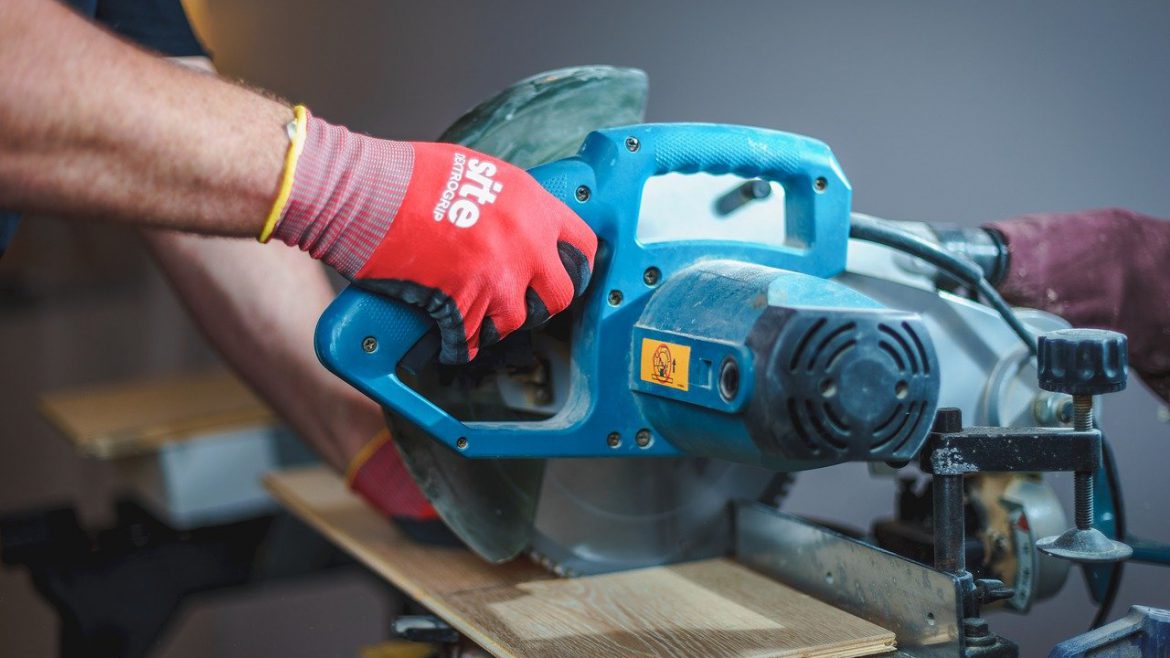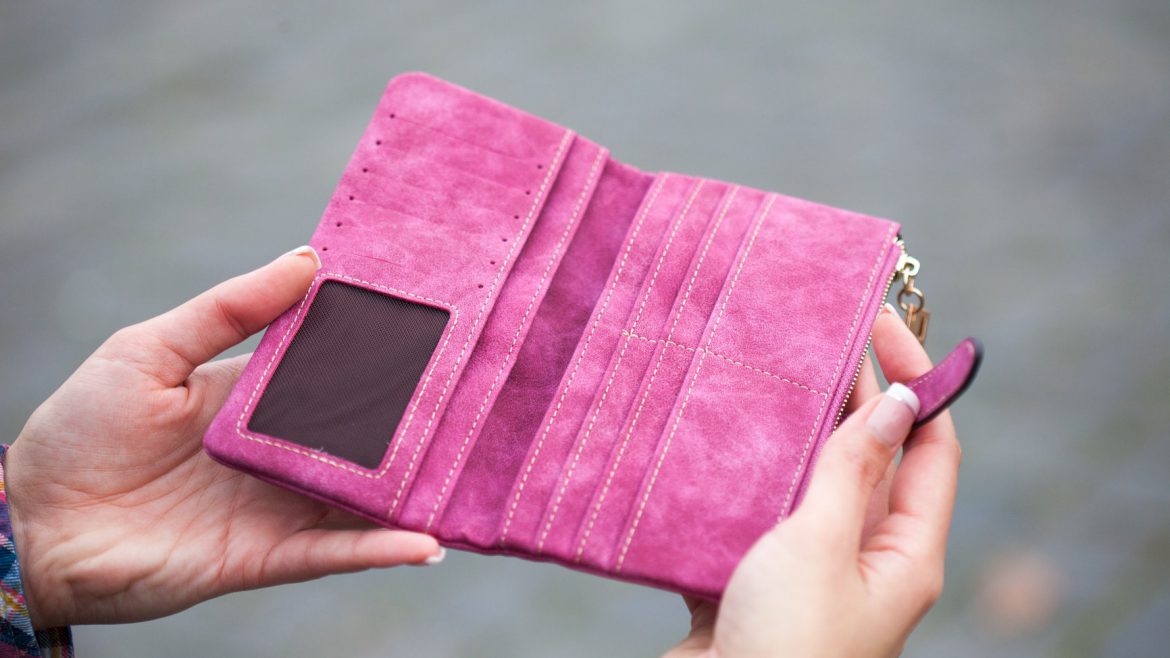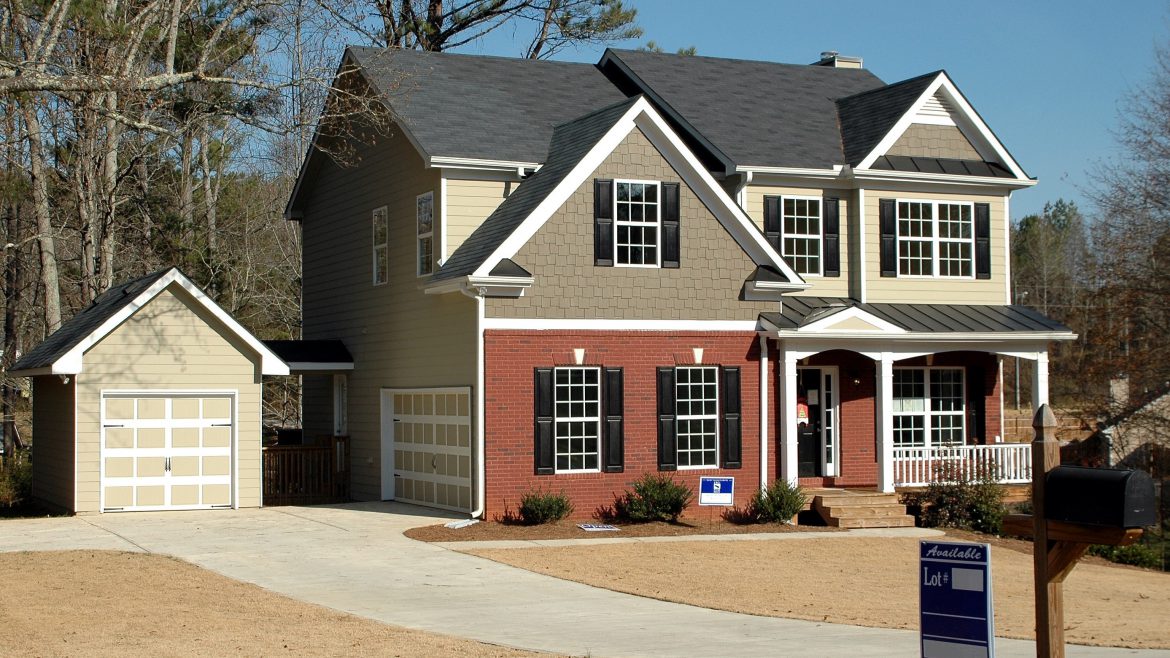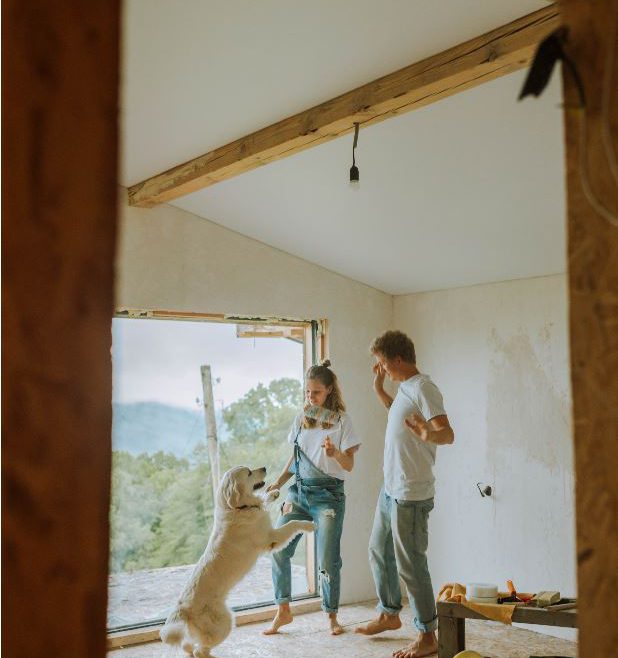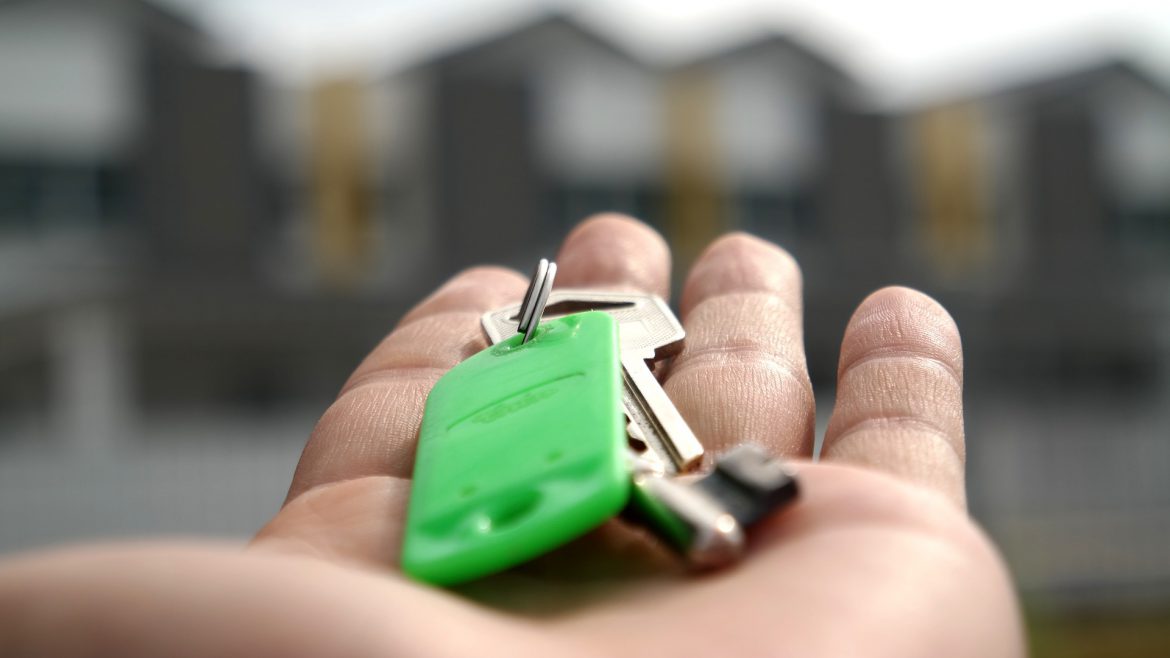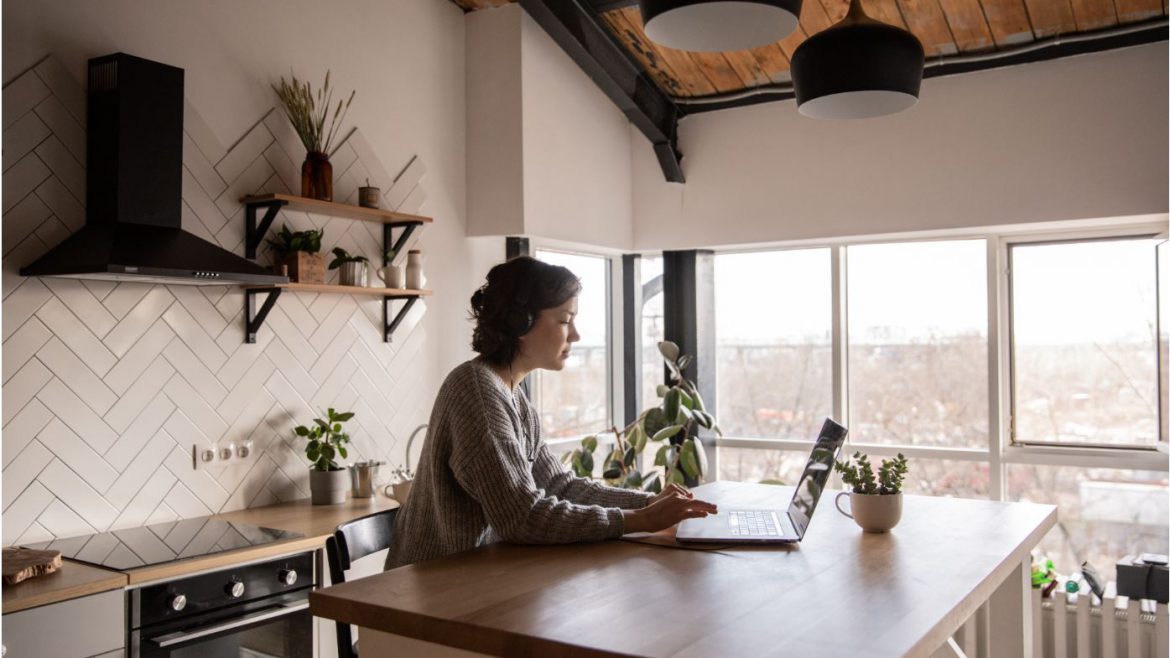Rehab your lawn
https://imaginahome.com/wp-content/uploads/2021/06/mowing-the-grass-1438159_640.jpg 640 426 Nisha Muire Nisha Muire https://secure.gravatar.com/avatar/09971b406125a2f92a37bf65b08fd3c3?s=96&d=mm&r=gA neatly manicured lawn adds curb appeal to any Toronto dwelling. Whether you have a tiny patch of land or a sprawling acreage, having a healthy, green lawn is definitely satisfying. If your lawn is more dust and weeds than grass, there is a way to bring it back to life without the need of costly services. All you need is time and the commitment to providing the care a new lawn needs to get established.
Get rid of weeds
The first thing to do to get your Toronto lawn looking healthy again is to get rid of the weeds. It is best to use a non-selective herbicide for this task. Spray it on to your lawn and wait the recommended amount of time before moving to the next step. If the weeds persist, then you will have to spray those areas again until they are gone.
Aerate/till
Once you have rid your lawn of weeds, the next crucial step in the regreening process is to aerate. To do this you can use a tiller or aerator and if you don’t have one of these you can rent one from your local hardware store. If tilling the soil, then it is best to till to a depth of 5-6 inches to really break-up the soil. Incorporating the tilled vegetation into the soil is great for softening heavy, clay soils.
Rake
Once you have properly aerated your lawn (or tilled it) you must rake it to remove any debris – this ensures that the seeds contact the soil properly.
Seed
Now you are ready to put down your seed. Broadcast spreaders work best for large lawns, but drop spreaders are better for areas edging garden beds. If you want to get the best coverage, spread from north-to-south first and then go back and spread the seed from east-to-west. You will be certain to cover every inch with this technique.
Rake
Rake in the seeds lightly. They should have contact with the soil, but not necessarily be buried by the soil.
Fertilize
Add your rooting fertilizer – it should only be fertilizer specifically meant for new growth grass, otherwise it can scorch the seeds.
Water, water, water
Finally, you have to water your lawn consistently. You should water your lawn twice a day for 15-20 minutes. Your goal is to keep the seed moist until they start to germinate and sprout.
Wait for the grass to be at least 3 inches tall before cutting it, then make sure your lawn mower doesn’t cut more than ? of the stems. With consistent watering and cutting, you can revive your lawn and enjoy a lush, green carpet.


